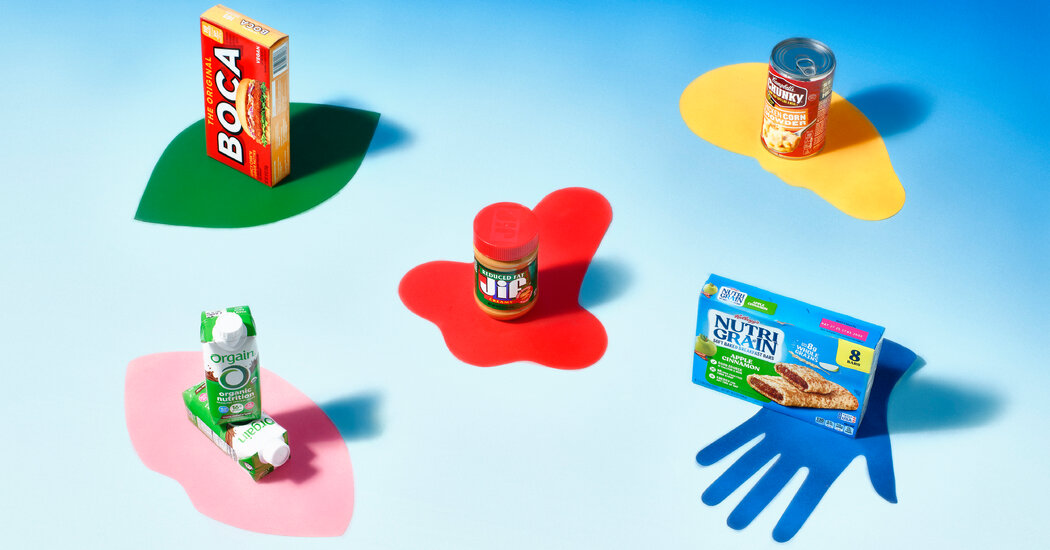This is Day 2 of the 5-Day Healthier Eating Challenge. To start at the beginning, click here.
I’m a Gen X-er, so ultraprocessed foods have been a mainstay of my diet since I was a kid. I was raised on bowls of sugary cereal, mac and cheese and instant ramen. I still crave them.
And that’s by design, said Ashley Gearhardt, a professor of psychology at the University of Michigan. Dr. Gearhardt’s research suggests that some UPF ingredients, like added fats and sugars, can activate the brain’s reward centers in ways similar to those of addictive substances like alcohol and nicotine.
“The more you have, the more you want,” she said.
So it’s logical that we might prefer them to some less-processed foods. But when you stop to think about how different some seem from their whole-food counterparts, the temptation diminishes a little. Many of us don’t pay close attention, though.
“Most UPFs aren’t designed to be eaten mindfully,” said Arielle Johnson, a flavor scientist and the author of “Flavorama: A Guide to Unlocking the Art and Science of Flavor.” A small 2019 study monitored people on both whole-food diets and ultraprocessed food diets. When they were on the UPF diet, subjects consumed more — an average of 500 extra calories a day — and ate the food more quickly.
If you are like me and find ultraprocessed foods irresistible, today’s challenge may help reduce their allure.
